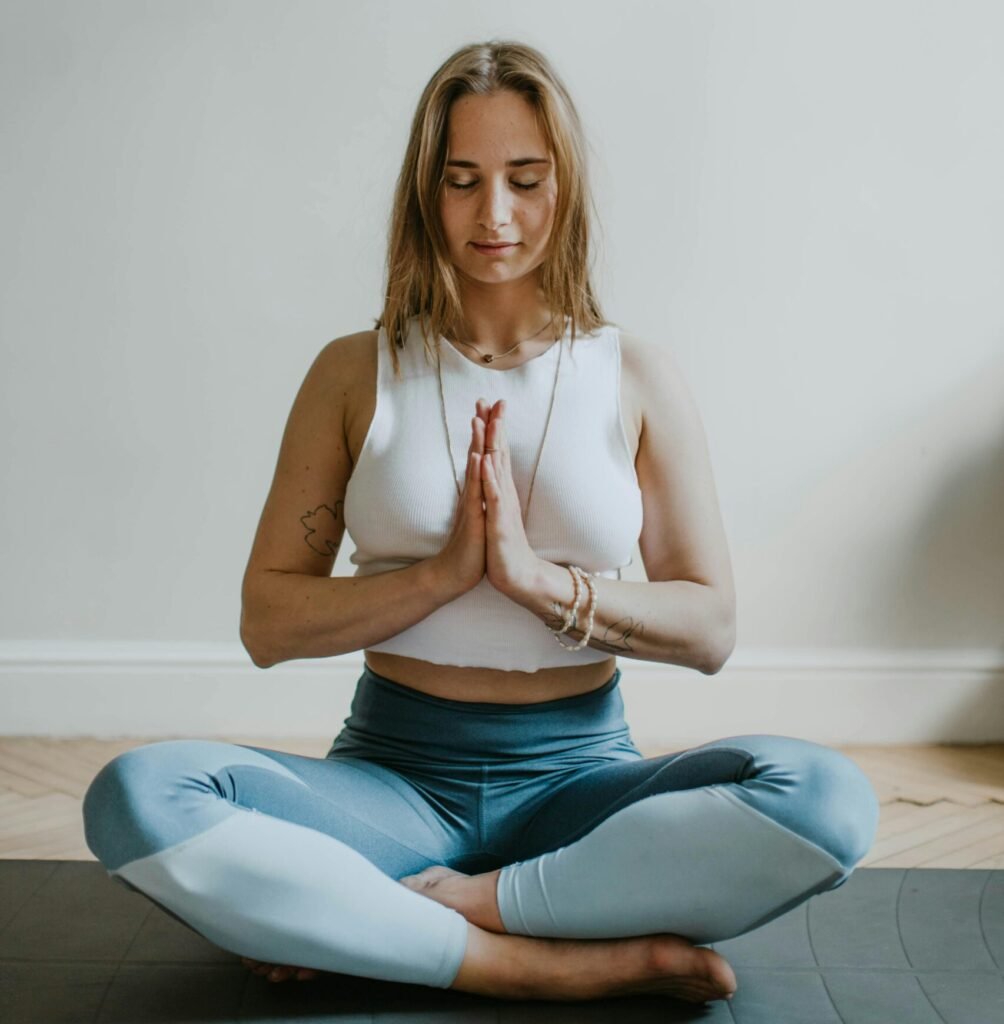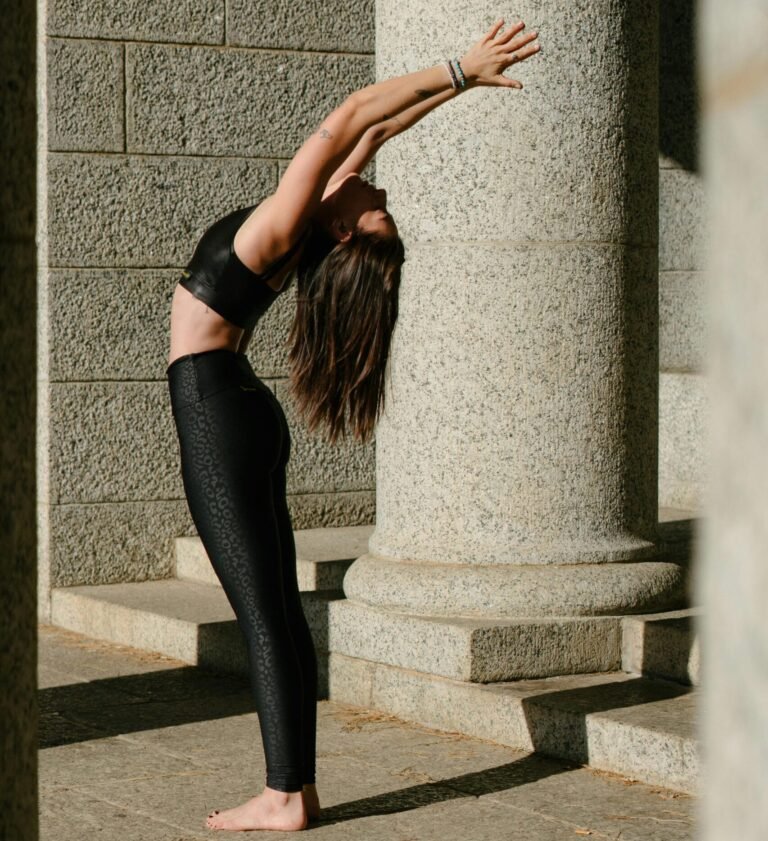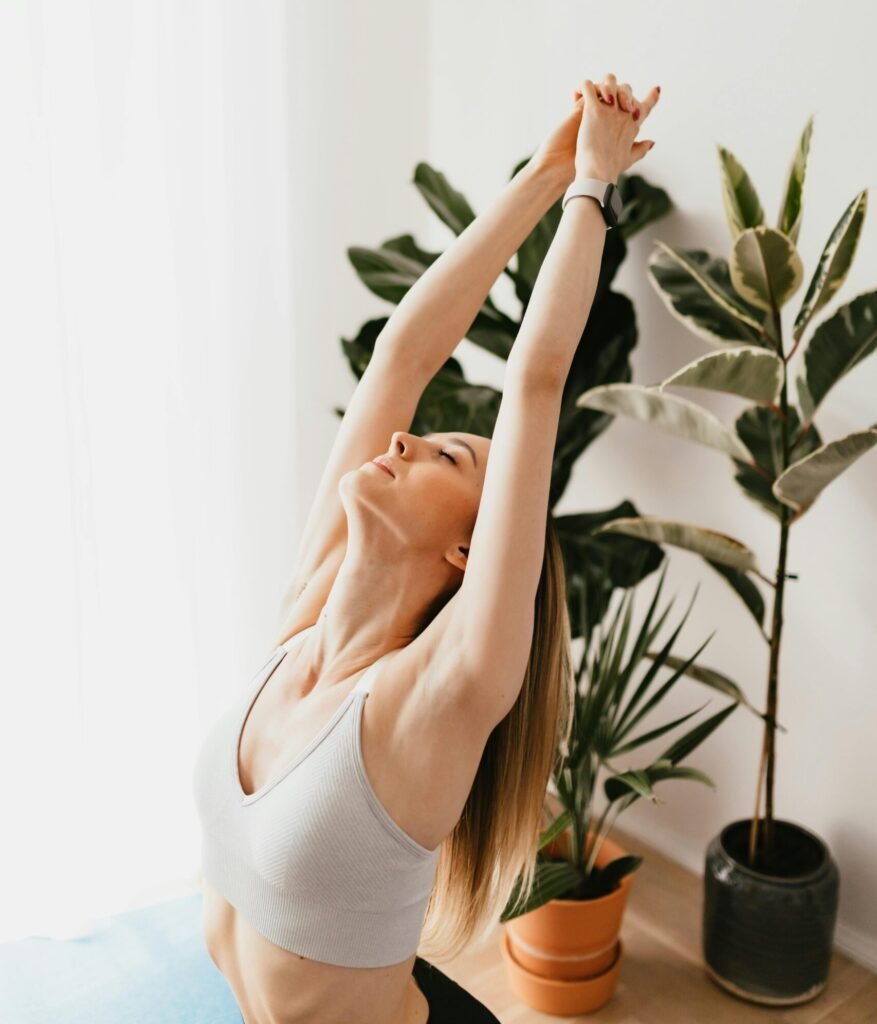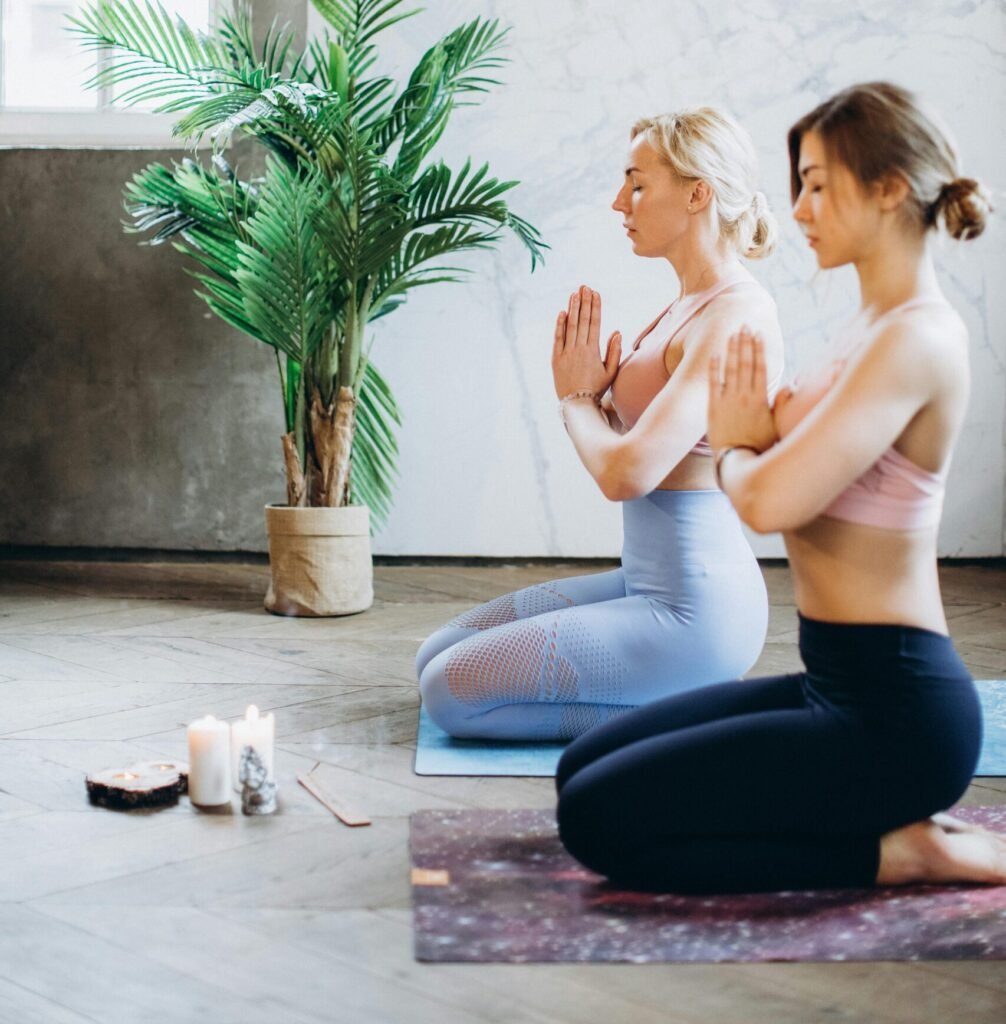Yoga is renowned for its myriad of poses that not only stretch and strengthen the body but also cultivate mindfulness and inner peace. Among these poses, the Flamingo Yoga Pose stands out for its elegance and the challenge it presents to practitioners. In this article, we will delve into the intricacies of the Flamingo Yoga Pose, exploring its benefits, proper technique, modifications, and more.
"Embrace grace and strength with the Flamingo Yoga Pose! Enhance balance, flexibility, and focus in your practice. Find your inner flamingo today!" Flamingo Yoga Pose
What is Flamingo Yoga Pose
In the Flamingo Yoga Pose, practitioners stand on one leg while the other leg is lifted, knee bent, and foot resting on the inner thigh or calf. With arms extended overhead, resembling a flamingo’s graceful posture, this pose challenges balance, strengthens the legs and core, and fosters mental focus. It’s a dynamic pose that requires both physical and mental engagement, offering an opportunity to cultivate stability, grace, and mindfulness on the yoga mat.

Benefits of Flamingo Yoga Pose
Enhanced Balance and Stability: Flamingo Yoga Pose challenges the body’s equilibrium, promoting improved balance and stability by engaging the muscles responsible for maintaining upright posture.
Strengthens Lower Body Muscles: By standing on one leg and supporting the body’s weight, Flamingo Pose strengthens muscles in the legs, particularly the quadriceps, hamstrings, and calves, contributing to overall lower body strength.
Core Strengthening: Maintaining balance in Flamingo Pose requires activation of the core muscles to stabilize the torso and pelvis, leading to increased core strength and stability over time.
Improves Concentration and Mindfulness: Holding the pose requires unwavering focus and concentration, encouraging practitioners to be fully present in the moment and heightening awareness of body sensations and breath.
Hip and Thigh Flexibility: The extended leg in Flamingo Pose provides a deep stretch to the hip flexors, quadriceps, and inner thighs, helping to release tension and improve flexibility in these areas, which is particularly beneficial for individuals with sedentary lifestyles or tight hip muscles.
Preparing for Flamingo Yoga Pose
Before attempting the Flamingo Pose, it is essential to adequately prepare your body. Begin with a series of gentle warm-up exercises to loosen tight muscles and lubricate the joints. Focus on movements that target the legs, hips, and core.
Maintain proper alignment throughout the pose to prevent injury and maximize its benefits. Ground down through the standing foot, engage the core muscles, and elongate the spine. Keep the shoulders relaxed and away from the ears, with the chest open.

See Reference Photo CLICK
How to Do Flamingo Yoga Pose Step by Step
Starting Position: Begin standing tall at the top of your mat with your feet hip-width apart and arms by your sides.
Raising the Leg: Shift your weight onto your left foot and slowly lift your right leg off the ground, bending the knee and bringing the sole of the right foot to rest on the inner left thigh or calf.
Finding Balance: Gaze at a fixed point in front of you and engage your core to help stabilize your body. Keep the hips square and avoid leaning to one side.
Extending the Arms: When you feel stable, inhale deeply and extend your arms overhead, reaching towards the sky with your fingertips. Maintain a steady breath as you hold the pose for several breaths.
Modifications and Variations
Using Props: For added support, place a block under the raised foot or hold onto a wall or chair for balance.
Half-Flamingo Pose: If full Flamingo Pose is challenging, practice with the toes of the raised foot lightly touching the ground for support.
Wall Support: Stand facing a wall and place your fingertips lightly against it for stability while practicing the pose.

READ ABOUT “Root Chakra Yoga Poses: Guide, Variations, and Tips” CLICK
Tips for Practicing Flamingo Yoga Pose:
Focus on Alignment: Pay attention to proper alignment by grounding down through the standing foot, keeping the hips level, and maintaining a straight spine. This ensures stability and reduces the risk of injury.
Use a Focal Point: Find a fixed point to gaze at to help improve balance and concentration. A steady focal point can assist in steadying the mind and preventing distractions during the pose.
Engage the Core: Activate the abdominal muscles to support the spine and maintain a strong, stable core. Engaging the core not only enhances balance but also protects the lower back from strain.
Start with Support: If you’re new to Flamingo Pose or working on improving balance, practice near a wall or use a chair for support. Having something nearby to lightly touch can help build confidence and stability as you explore the pose.
Practice Mindful Breathing: Focus on deep, steady breaths throughout the pose. Smooth, controlled breathing can help calm the mind, center your focus, and enhance your overall yoga experience.
Common Mistakes and Tips for Beginners
One common mistake in Flamingo Pose is allowing the standing knee to collapse inward, which can strain the knee joint. Instead, engage the muscles of the standing leg and press firmly into the ground to maintain proper alignment. Additionally, avoid locking the standing knee, as this can create tension in the joint.
For beginners, it’s helpful to practice near a wall or with a chair nearby for support until balance and stability improve. Focus on finding a focal point to help steady your gaze and mind.
Flamingo Pose in Yoga Sequences
Flamingo Pose can be incorporated into various yoga sequences to enhance balance, strength, and flexibility. It pairs well with standing poses such as Tree Pose (Vrksasana) and Warrior III (Virabhadrasana III), as well as hip-opening poses like Pigeon Pose (Eka Pada Rajakapotasana).

Incorporating Flamingo Pose into Your Practice
Whether you’re a seasoned yogi or new to the practice, Flamingo Pose offers a unique challenge and opportunity for growth. Start by dedicating a few minutes each day to practicing this pose, gradually increasing the duration as your strength and balance improve. Remember to listen to your body and honor its limits, taking breaks as needed.
Conclusion
Flamingo Yoga Pose embodies grace, strength, and balance, inviting practitioners to cultivate these qualities both on and off the mat. By integrating this pose into your yoga practice, you not only enhance physical fitness but also nurture mindfulness and inner harmony.
FAQ
Most frequent questions and answers
Flamingo Pose can be challenging for beginners due to its balance component, but with practice and patience, anyone can learn to master it.
Focus on engaging the core muscles, finding a steady focal point for your gaze, and practicing regularly to build strength and stability.
Yes, variations such as Half-Flamingo Pose and using props like a wall or chair for support can make the pose more accessible.
Yes, the extended leg in Flamingo Pose provides a deep stretch to the hips and thighs, helping to alleviate tightness over time.
Aim to hold Flamingo Pose for 30 seconds to 1 minute on each side, gradually increasing the duration as you become more comfortable with the pose.
To enhance balance in Flamingo Pose, focus on strengthening the muscles of the standing leg by practicing regularly. Incorporate balance-focused exercises into your routine, such as standing on one leg or using balance props like a wobble board. Additionally, mindfulness practices, such as meditation and focused breathing, can help improve concentration and stability during the pose.








[…] READ ABOUT “Flamingo Yoga Pose: Guide, Variations, Tips and Benefits” CLICK […]